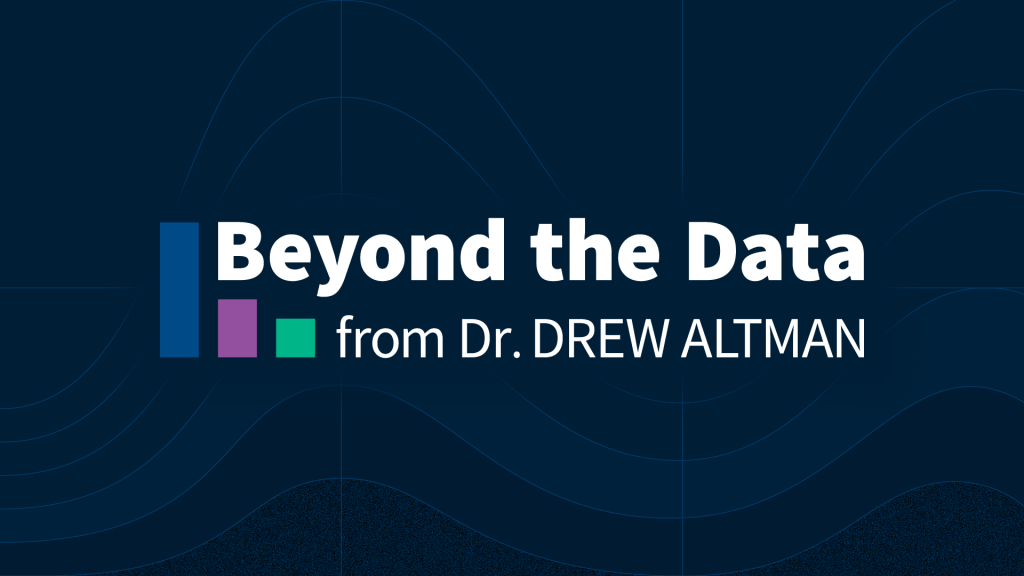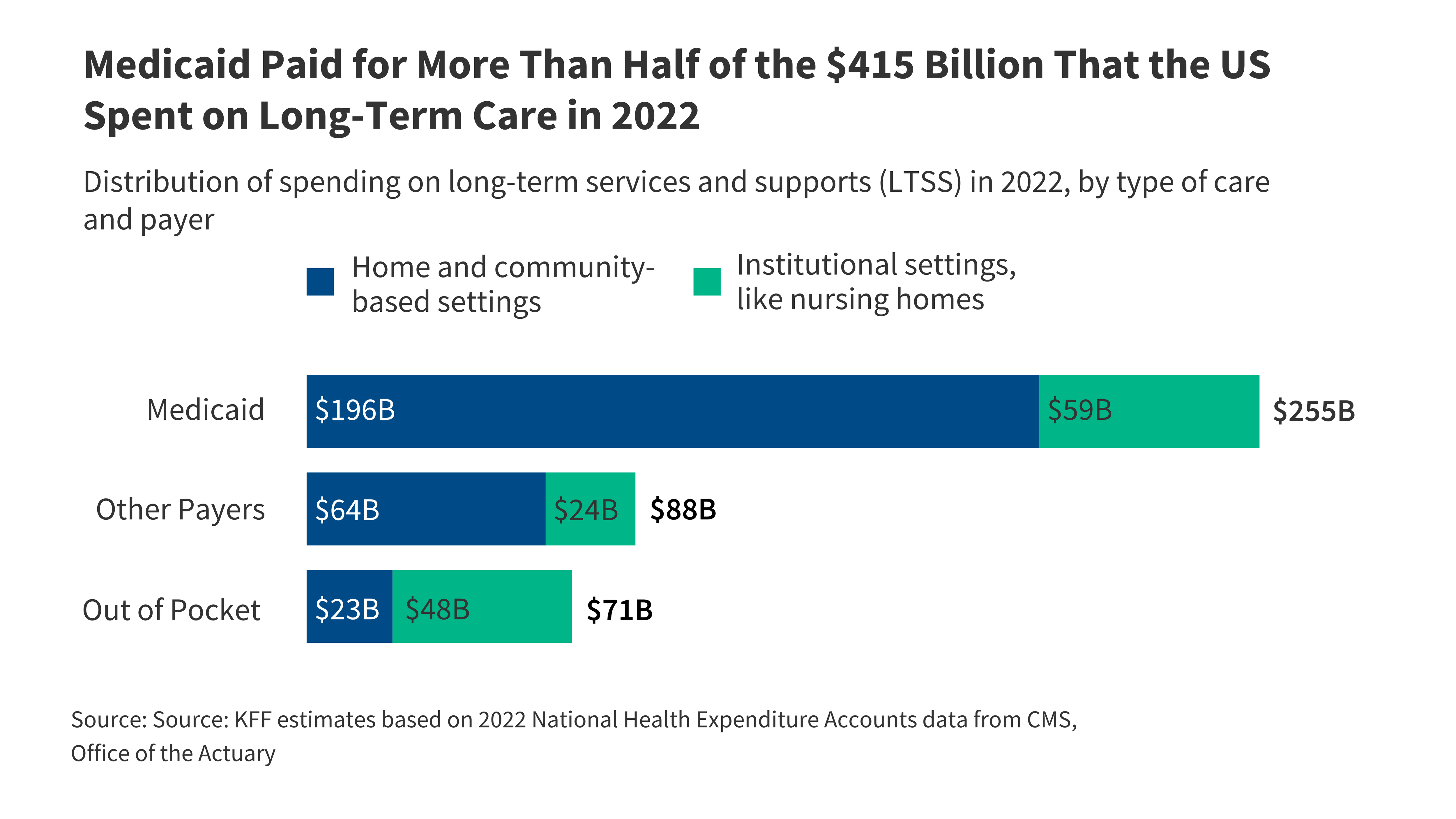Medicaid Changes in Better Care Reconciliation Act (BCRA) Go Beyond ACA Repeal and Replace
Both the Senate's Better Care Reconciliation Act of 2017 (BCRA) and the House's American Health Care Act (AHCA) go beyond repeal and replacement of the Affordable Care Act (ACA) to make fundamental changes to Medicaid by setting a limit on federal funding through a per capita cap or block grant. The BCRA also includes additional changes that would further reduce federal spending for states with high per enrollee spending, limit state financing mechanisms, allow states to impose work requirements, and make other eligibility changes. Across the board, these changes would have significant implications for the 74 million people covered by the Medicaid program and for states that jointly finance and administer the program. This brief explains the five most significant Medicaid changes in the BCRA as well as additional Medicaid changes that could have major implications for states, providers, and beneficiaries.










